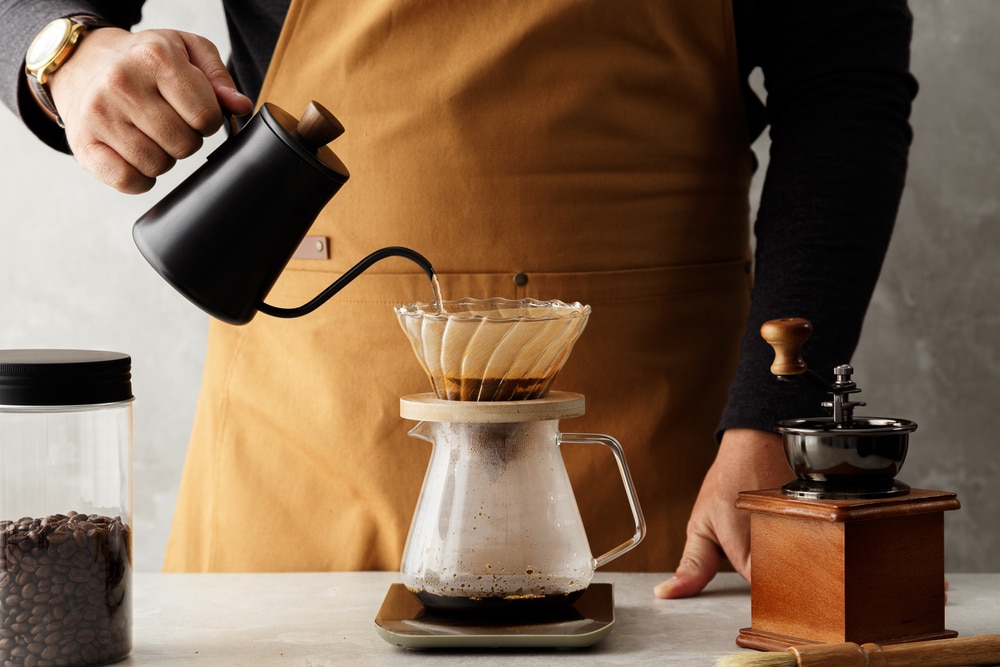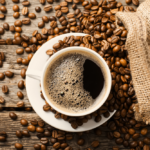Hey, baristas! You’ve probably heard of drip coffee. It’s one of the most popular coffee brewing methods worldwide, especially for those who enjoy making coffee at home. Drip coffee is a beloved brewing method that offers convenience and consistency. Whether you’re a novice or a seasoned coffee enthusiast, mastering the art of drip coffee can elevate your daily brew. Here are essential tips and best practices for achieving the perfect cup. From bean to cup, perfection is just a drip away.
What Is Drip Coffee?
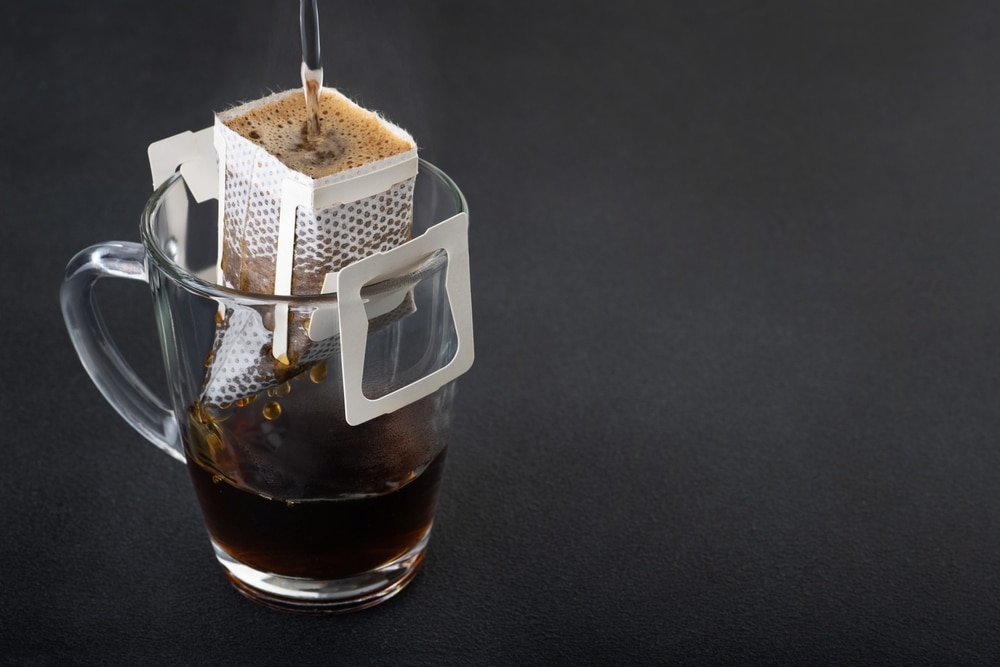
Drip coffee is a method where water is automatically dripping over coffee grounds, extracting flavors as it filters through. The process relies on gravity to slowly pull water through the ground coffee beans, resulting in a smooth and flavorful cup of coffee. The final result is referred to as brewed drip coffee or dripped coffee, and it’s commonly made using a coffee maker or a drip coffee machine.
Tips for Making Perfect Drip Coffee
1. Choose Quality Coffee Beans
The foundation of great drip coffee starts with quality coffee beans. Look for freshly roasted beans, ideally sourced from a reputable roaster. Specialty beans often provide more complex flavors. Consider the following:
Single Origin vs. Blends
Single-origin beans offer distinct flavors influenced by their growing region, while blends can create balanced profiles.
Roast Level
Light, medium, or dark roast? Experiment with different roast levels to find your preference.
2. Store Your Coffee Properly
To maintain the freshness of your coffee, proper storage is key. Use an airtight container and keep it in a cool, dark place. Avoid the refrigerator, as moisture can affect the flavor. Ideally, buy coffee in smaller batches to ensure maximum freshness.
3. Measure Your Coffee and Water
Precision is crucial in brewing. A general guideline is to use 1 to 2 tablespoons of coffee per 6 ounces of water, but this can vary based on personal taste. Using a scale can help you achieve consistency.
4. Use Filtered Water
Water quality plays a significant role in the flavor of your coffee. If possible, use filtered water to avoid any unpleasant taste from tap water. The ideal water temperature for brewing should be between 195°F and 205°F.
5. Invest in a Good Coffee Maker
Not all drip coffee makers are created equal. Look for features such as:
- Temperature Control: Ensures water is heated to the optimal brewing temperature.
- Showerhead Design: A good showerhead distributes water evenly over the coffee grounds.
- Programmable Features: Allows you to set brewing times for convenience.
6. Experiment with Brew Time
The brew time can affect the strength and flavor of your coffee. Typically, a drip coffee should brew for about 4 to 6 minutes. If your coffee tastes bitter, it might be over-extracted, while sour flavors could indicate under-extraction.
7. Clean Your Coffee Maker Regularly
Regular maintenance is essential for great-tasting coffee. Oils and residue can build up in your coffee maker, affecting flavor. Clean your machine according to the manufacturer’s instructions, ideally once a month.
8. Mind Your Brew Temperature
Keep an eye on your brew temperature. If it’s too low, the coffee may under-extract, resulting in weak flavors. Too high a temperature can lead to bitterness. The ideal brewing temperature is typically around 200°F.
9. Customize Your Brew Strength
If you prefer stronger coffee, increase the coffee-to-water ratio rather than brewing for a longer time. This method helps maintain flavor integrity without introducing bitterness.
10. Explore Different Filters
The type of filter you use can also impact your coffee’s taste. Paper filters tend to absorb oils and result in a cleaner cup, while metal filters allow more oils through, giving a richer flavor. Experiment to see which you prefer.
11. Enjoy Freshly Brewed Coffee
Once brewed, coffee is best enjoyed fresh. If you need to keep it warm, use a thermal carafe instead of the warming plate, which can scorch the coffee and alter its flavor over time.
Pour Over Brewing vs. Drip Brewing
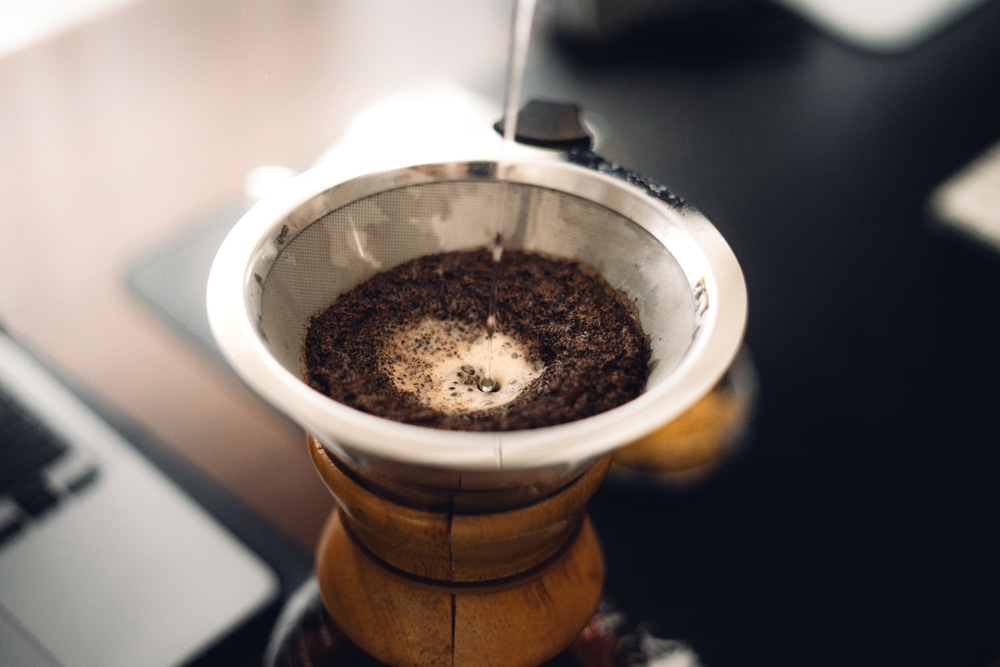
Pour over brewing is a more hands-on technique compared to drip brewing, which is fully automated. In pour over coffee, water is manually poured over the ground coffee beans using a kettle. The process gives the brewer more control over variables such as water temperature, pouring technique, and saturation time. Although drip coffee machines are easier to use, many coffee enthusiasts prefer the flavor clarity achieved with pour over brewing.
Choosing the Right Drip Coffee Machines
When selecting a coffee maker for drip coffee, it’s important to consider the size, features, and quality. Some drip coffee machines allow for precise temperature control, which is crucial for achieving the best coffee taste. Additionally, look for models that use a paper filter to help remove unwanted oils, resulting in a cleaner, brighter flavor. For those who are serious about their specialty coffee, investing in a high-quality machine will make a significant difference.
Best Practices for Brewing Drip Coffee
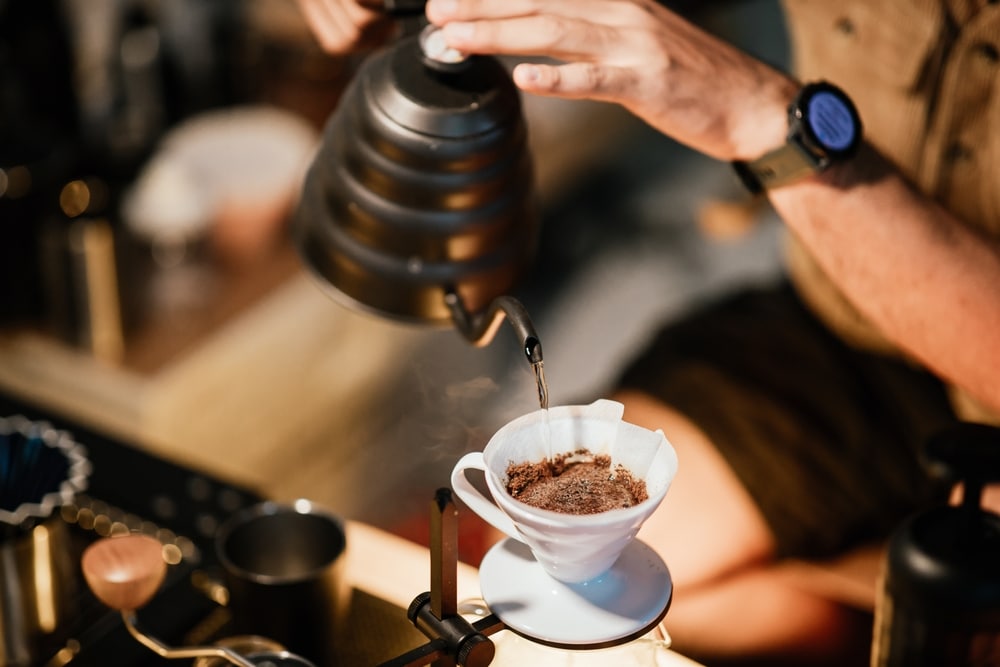
Use Fresh Beans
Always use freshly roasted specialty coffee beans for the best flavor.
Grind Just Before Brewing
Grinding your beans right before brewing ensures you get the most out of their flavor.
Check Your Water Temperature
Aim for water that’s between 195°F and 205°F to extract the best flavors from the coffee.
Use the Right Filter
A paper filter will give you a cleaner cup, while a metal filter will result in a fuller-bodied coffee.
Experiment with Grind Sizes
Adjust the grind size to find the flavor profile you prefer. For drip coffee, a medium grind works best.
Conclusion
Brewing the perfect drip coffee involves a combination of quality ingredients, proper technique, and personal preference. By following these tips and best practices, you can enhance your coffee experience and enjoy a delightful cup every time. Experiment, taste, and find what works best for you your perfect brew awaits.

